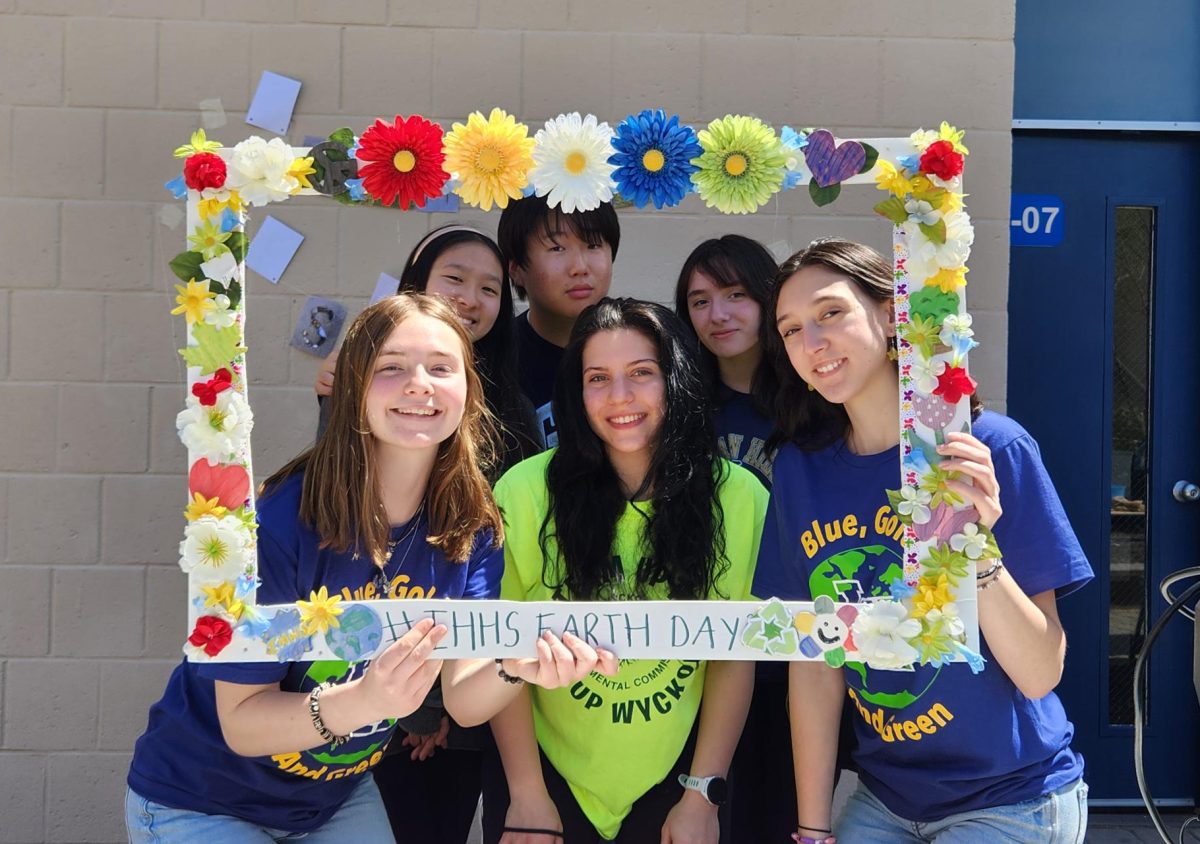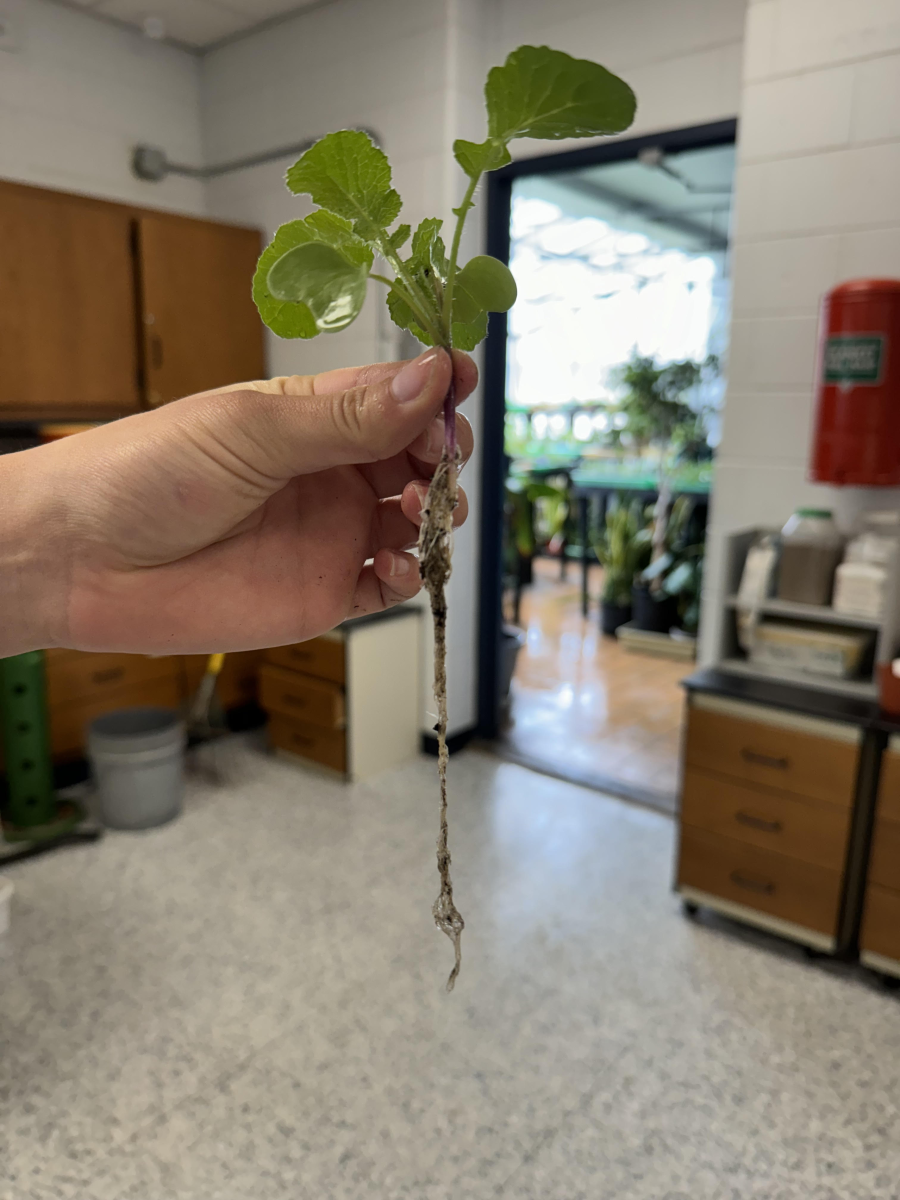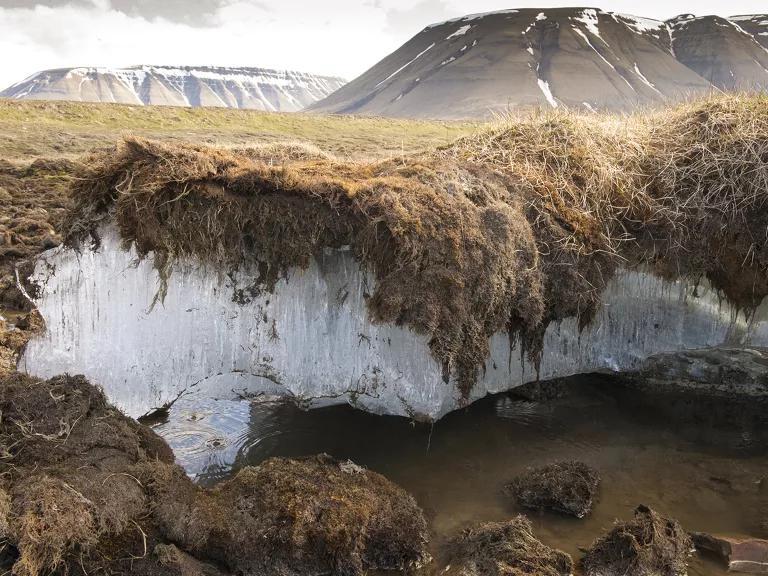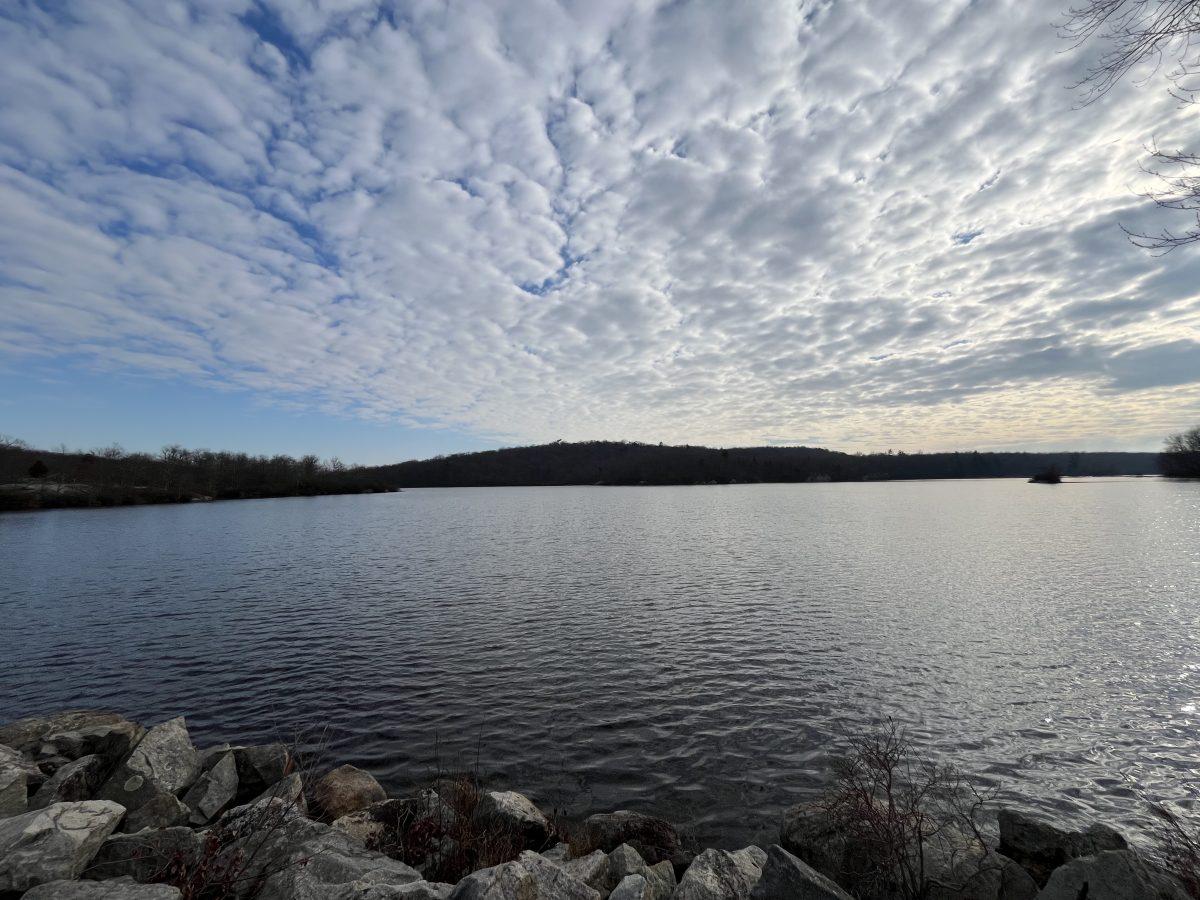Beginning on the morning of January 7th, the Palisades Fire spread through Los Angeles, growing to a whopping “23,713 acres and damaging more than 6,000 structures” according to NBC News. A few hours later, NBC updated how the Eaton Fire emerged in the Altadena region in California, “amassing 14,021 acres.” The following day, NBC reported a total of more than “40,000 acres have burned throughout the state, leaving at least 27 dead and forcing about 200,000 people” to evacuate their homes.
According to Todd Hall, a meteorologist from the National Weather Service in Los Angeles, there are three main reasons for the fires: “strong winds, dry conditions with low humidity, as well as dry vegetation.” Extreme Santa Ana winds typically isolate in the mountains, but this time around they covered the Los Angeles area. Reaching up to “100 miles per hour”, winds were reported from across the foothills of Altadena and the San Gabriel Valley– areas that are normally barely affected by the Santa Anas. Furthermore, there has been a prolonged drought in California. NBC News explains, “Southern California has had less than 10% of average rainfall since Oct. 1.” Combined with high temperatures (10 to 15 degrees higher than usual), the conditions in California have been a recipe for disaster.
Before the drought and the high temperatures, California experienced two rain-filled years that led to increased plant growth in the chaparral and coastal sage scrub regions. These are plant communities filled with leaves that reflect heat. Glen MacDonald, a professor of geography at the University of California, Los Angeles, states, “When the high-velocity winds arrived, all it took was a spark in just the wrong place.” The combination of dry vegetation, intense winds, and extreme heat created the perfect environment for the fires to spread uncontrollably.
When Indian Hills students were asked about the ongoing wildfires in California, sophomore Teresa Gurnari shared, “I feel really bad for the people in California because of all the homes and loved ones lost. It may feel like it doesn’t affect us but it kind of does. There is a part of the U.S. being affected and everyone is raving about it, but it feels like nobody is actually doing anything about it.” Although New Jersey is across the country from California, it is still possible to assist those in need. One of the best ways to support the fire victims is through financial donations. The Red Cross, the Salvation Army, World Central Kitchen, and Charity Navigator are all organizations accepting donations that will go directly towards the crisis. While it may be difficult to donate as a high school student, students are still able to spread awareness about the fires and the devastation they have caused to allow for more people to be able to help.










